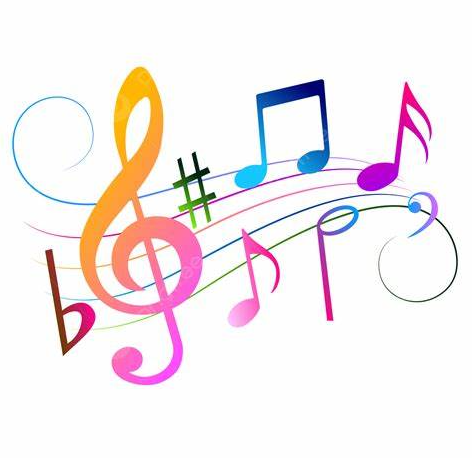We are Musicians
Music Lead - Mrs Trevathan
A skills-based, spiral curriculum is used to ensure progression and provide links, where possible, to other areas of the curriculum. Our progression framework is based on the Charanga scheme.
Musical skills and the inter-related dimensions of music are taught effectively through the curricular components of singing, playing instruments, composing and listening and reviewing. Music notation is taught with a real emphasis on the pedagogy of ‘sound before sight.’ We teach musical concepts and ensure that they are embedded aurally before associating them with their visual representations.
A vast majority of children come to school with some degree of musical experiences which have contributed to their aural memory, therefore we aim to ensure that their music lessons in school build upon their prior musical experience.
How we teach music
A progression of musical skills overview for KS1 and KS2, which is based on the National Curriculum aims and programmes of study, is used as a basis for planning units of work. Within this progression of skills, the curricular components of musical learning (singing, playing, improvising, composing and listening) are presented individually to ensure that they are included in the planning and assessment.
Pupils are taught to explore the dimensions of music through playing instruments whilst developing key skills and techniques.
Pupils also have the opportunity to learn additional instruments with peripatetic instrumental teachers.
National Curriculum aims:
The national curriculum for music aims to ensure that all pupils:
- perform, listen to, review and evaluate music across a range of historical periods, genres, styles and traditions, including the works of the great composers and musicians
- learn to sing and to use their voices, to create and compose music on their own and with others, have the opportunity to learn a musical instrument, use technology appropriately and have the opportunity to progress to the next level of musical excellence
- understand and explore how music is created, produced and communicated, including through the inter-related dimensions: pitch, duration, dynamics, tempo, timbre, texture, structure and appropriate musical notations.



